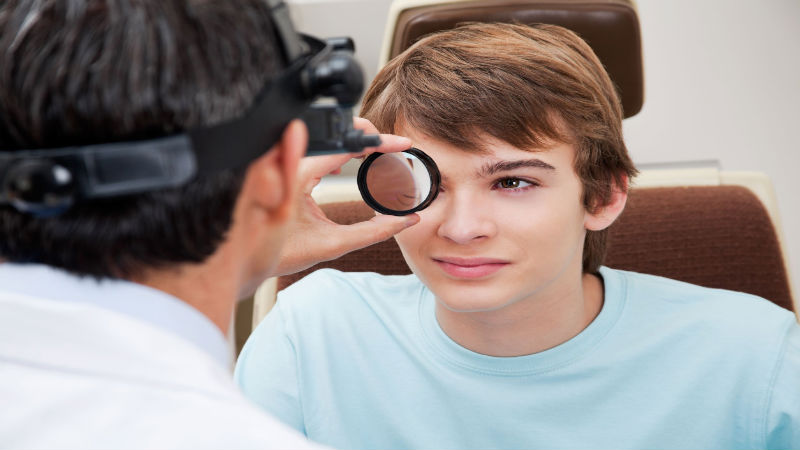Eye exams really aren’t scary at all, but many people are afraid of them simply because they don’t know what to expect. It is essential to have regular eye exams in Cambridge, MA if you want to take good care of your eyes and ensure that they are kept in good health, but many people choose not to have regular exams either because they don’t realize how important they are or because they are afraid that the eye exams might hurt. To help relieve your fears, here is what you should expect during your next eye exam.
When you call your optometrist’s office to set up eye exams in Cambridge, MA, be sure to tell them if you are experiencing any particularly concerning symptoms with your eyes, and try to be brief but clear about your specific symptoms. If you are not experiencing any concerning eye symptoms, just let the optometrist’s office know that you want to schedule a regular preventative eye examination.
When you get to your eye examination, you will likely need to present your insurance information so that they can be billed for your visit. You will then need to go over your medical and vision history either with the optometrist, an assistant, or by simply filling out a vision and medical history chart. After this preliminary work has been completed, you will then be able to undergo an eye examination.
Eye exams in Cambridge, MA typically include tests that measure the strength and control of the muscles in your eye, the reaction of the pupils to light, and other painless tests to determine how well your eyes work together and how well you can see. If the doctor determines that you need corrective lenses, he or she will go on to perform additional tests to figure out what lens prescriptions you need. These additional tests are also painless and involve flipping lenses of different prescription strengths in front of your eyes to determine the prescription that you should have.
Your doctor may also test your eye pressure to make sure that you don’t have diseases such as glaucoma. To perform this test, numbing drops will be applied to the eyes, and then a special instrument will be gently pressed to the surface of the eye to measure pressure. Though the numbing drops can be a bit uncomfortable, they ensure that no pain is felt during the measurement process.

